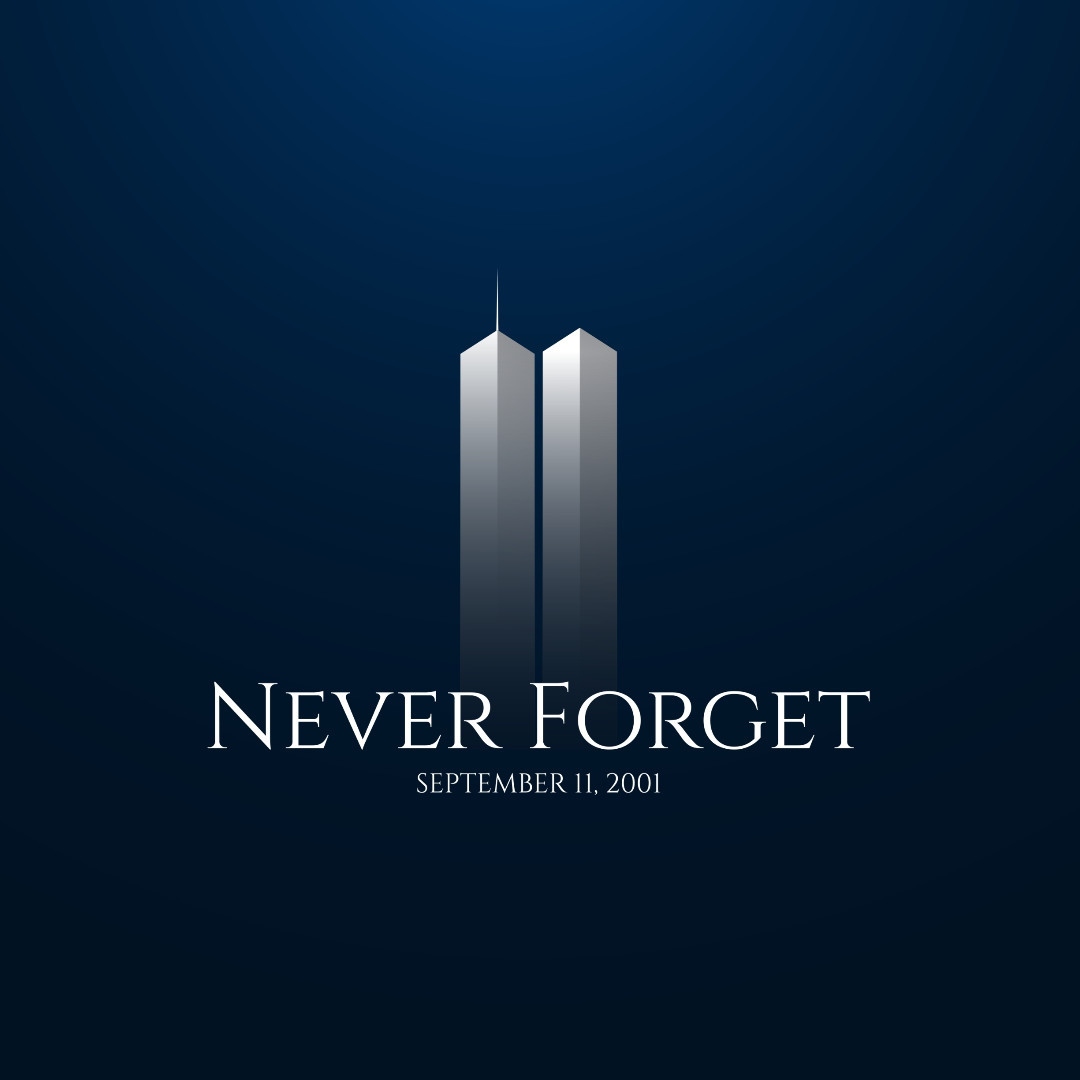Local hospitals are running through personal protective equipment at alarming rates in the wake of the coronavirus pandemic. That fact ultimately translates to excessive amounts of garbage contaminated with bodily fluids containing the virus, COVID-19. All of this used gear, whether it’s masks, gloves, booties, bed linens, or disposable gowns becomes what is termed medical waste, and must be disposed of safely. That means tossing all of it into an autoclave and literally scorching it with pressurized steam that is no less than 300 degrees Fahrenheit.
All of this disinfecting requires workers — waste haulers and people working at the treatment plants — and much like those on the front lines at hospitals, they are exposed on a daily basis to contaminated waste.
Processing medical waste so it can be safely disposed of is very different now than it was 20 years ago, when 90 percent of waste was incinerated within the hospitals, which had their own incinerators.
“Somewhere along the line, the Environmental Protection Agency determined that this incineration was contributing to air pollution,” said Anne Germain, who leads the National Waste and Recycling Association’s health care waste program. “It wasn’t long before this practice was phased out almost entirely.”
In 1997, the EPA established very stringent air quality rules for medical waste incinerators, which led hospitals to discontinue their practice of self- incineration, farming the process out to third party medical waste management companies. Now, with the improvement of autoclaving techniques which makes it highly effective against viruses, only 15 percent of medical waste has to be incinerated. The World Health Organization has recognized that 85 percent of medical waste is non-hazardous and can therefore be autoclaved, whereas the other 15 percent considered hazardous (i.e., toxic, radioactive, etc.) must be incinerated under strict EPA guidelines.
“The very transmittable coronavirus is essentially quite fragile,” said Bob Shaw, president of Medical Waste Services. “We are under guidelines by the EPA, and the 50 pounds per square inch of pressure we exert during autoclaving on all materials which have come in contact with the virus, in conjunction with extremely high heat, is more than enough to eradicate any potentiality for infectious transmission.”
But with the increase in PPE disposals continuing everywhere, the medical waste load is increasing, and will continue to rise with the advent of increased testing everywhere — both antigen tests to detect the virus, and antibody tests to detect immunity. And that means the risky job of dealing with all of this waste is also on the rise.
According to international medical waste management company Stericycle, which services Tulane Medical Center, they’re still managing to keep up with the pickups at local hospitals, but on a global level, they’ve already seen what a worst-case scenario looks like. In Wuhan, where the novel coronavirus first emerged, not only was the city forced to build new hospitals, they were also busily erecting new waste treatment facilities.
For the past month, some healthcare workers have been reusing PPE, whether that means wearing masks longer than CDC guidelines normally recommend, or sanitizing them between uses with ultraviolet light or disinfectant misting. But with more masks in production (a good thing for those on the frontlines), the rate of discarded PPE will increase, meaning more to be picked up and dealt with. Hospitals in China generated six times as much medical waste at the peak of the outbreak as they did before the coronavirus crisis began. Their daily output exceeded 265 tons, putting stress on treatment facilities and those workers who were working in the plants.
COVID-19 cases have momentarily plateaued in many parts of the country, including Louisiana, Gov. John Bel Edwards said this week. But on Tuesday, CDC director Robert Redfield predicted that a second wave in the fall could be more devastating than the first wave as it is likely to coincide with the seasonal flu. Having two simultaneous respiratory outbreaks would put an unimaginable strain on the health system, he said.
Curbside trash potentially contaminated with coronavirus, placing sanitation workers at risk.
But there’s an added problem. Medical waste doesn’t just come from hospitals. With so many people self-quarantining after being infected, there’s potentially infected waste now coming from residences, being left on curbs in every neighborhood for pick-up. And with CDC guidelines advocating wearing masks in public, there is a growing number of used masks in trash receptacles all over the city.
“Right now there’s an abundance of trash generally on residential routes because everyone is staying at home. We’re looking at an additional 40-60 tons of garbage a week,” said Sidney Torres, president of IV Waste.
Torres said to reduce sanitation workers’ exposure, it’s more important now that people pack their trash in bags. Much like wearing a mask protects others from you, bagging one’s trash in this age of the coronavirus is critical to protect sanitation workers on the front lines.
“There are rules regarding the fact that trash must be bagged and not dumped loosely into trash cans,” Torres said.
Torres said he has always provided uniforms, along with masks and gloves for his workers even before the pandemic. Before it was suggested that workers wear PPE, but now employees are told they must wear them because of the risks.
“We’ve put many more trucks on these routes since the pandemic,” Torres said. “This is so we can finish by noon before the heat of the day, when wearing a mask can be stifling all day long in the heat. You know, first responders like doctors, nurses, EMTs and firemen are all heroes whom we acknowledge. But I’ll tell you, sanitation workers should be included with those folks. They don’t get enough credit for what they have to do as essential workers. They’re actually touching the waste of others every day — and I think it’s fair to say that some of it is contaminated.”
As America gradually reopens — including in some places where the criteria for safe reopening has not been met — the country braces for what could be a second wave of COVID-19, straining our hospitals, our first responders, and those who collect the by-products of our treatments and prevention — the hazardous medical waste.











